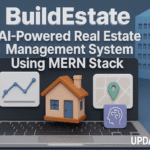
Top Data Science Programming Languages
Top Data Science Programming Languages
Data science is one of the most transformative fields in today’s digital age. It has revolutionized how businesses make data-driven decisions, solve complex problems, and unlock patterns hidden within massive datasets. At the heart of this transformation lie powerful programming languages that empower data scientists to analyze data, build intelligent models, and derive meaningful insights.
Machine Learning Tutorial:-Click Here
🔹 1. Python
Arguably the most popular and widely used programming language in the data science community, Python stands tall due to its simplicity, versatility, and robust ecosystem. From beginners to AI experts, Python is the first choice for tasks ranging from data preprocessing to building cutting-edge machine learning models.
✅ Strengths of Python:
- Beginner-Friendly: Its clean and readable syntax makes it easy to learn.
- Rich Libraries: Libraries like
NumPy,pandas,scikit-learn,TensorFlow, andMatplotlibmake data manipulation, machine learning, and visualization seamless. - Integration: Works smoothly with databases, cloud platforms, and big data tools.
- Community Support: A huge global community constantly contributes to its growth.
- Visualization: Tools like
SeabornandPlotlyallow beautiful, interactive plots.
❌ Weaknesses of Python:
- Performance: As an interpreted language, it’s slower compared to compiled languages.
- Memory Use: May not be ideal for very large datasets.
- GIL Limitation: Python’s Global Interpreter Lock (GIL) limits true multi-threaded processing.
Conclusion: Despite some limitations, Python dominates the data science world due to its flexibility, ease of use, and vast resources.
🔹 2. R
R was built specifically for statistics and data visualization. It’s an excellent tool for statisticians, academic researchers, and professionals working in environments where statistical analysis is key.
✅ Strengths of R:
- Statistical Excellence: Ideal for regression, hypothesis testing, and modeling.
- Visualization Tools: Libraries like
ggplot2andShinymake data storytelling powerful. - Data Wrangling: Packages like
dplyrandtidyrsimplify data transformation.
❌ Weaknesses of R:
- Steeper Learning Curve: Especially for those without a statistical background.
- Performance Issues: Not always efficient with very large datasets.
- Limited in General Use: Not suitable for tasks outside of statistical analysis.
Conclusion: R is still highly relevant, especially in research and healthcare industries where complex statistical models are needed.
🔹 3. SQL (Structured Query Language)
While SQL isn’t a full-fledged programming language like Python or R, it’s indispensable for querying and managing structured data in relational databases.
✅ Strengths of SQL:
- Data Retrieval: Efficient in accessing and extracting data from large databases.
- Data Cleaning & Transformation: Aggregation, filtering, and joining data is straightforward.
- Industry Standard: Used in almost every data-driven company.
❌ Weaknesses of SQL:
- Limited Analytical Power: Can’t perform advanced machine learning or statistical operations.
- Not Suitable for Unstructured Data: Struggles with data outside relational formats.
Conclusion: SQL is often used alongside other languages to handle database operations before diving into deeper analysis.
🔹 4. Julia
Julia is gaining popularity due to its high performance and ease in handling complex mathematical computations. It merges the speed of C with the simplicity of Python.
✅ Strengths of Julia:
- High Speed: Great for performance-heavy computations.
- Built-in Parallelism: Supports distributed computing natively.
- Interoperability: Can call Python, R, and C functions seamlessly.
❌ Weaknesses of Julia:
- Young Ecosystem: Fewer libraries compared to Python or R.
- Adoption: Still not as widely used or taught.
Conclusion: Julia is perfect for high-performance data science tasks like simulations and scientific computing.
🔹 5. Scala
Scala combines object-oriented and functional programming, running on the Java Virtual Machine (JVM). It’s especially useful for big data projects using Apache Spark.
✅ Strengths of Scala:
- Big Data Integration: Scala is the core language of Apache Spark.
- Concurrency: Supports parallel processing and real-time analytics.
- Type Safety: Helps prevent bugs during compile time.
❌ Weaknesses of Scala:
- Complex Syntax: Can be difficult for beginners.
- Smaller Community: Limited data science libraries compared to Python.
Conclusion: Scala is ideal for engineers and data scientists working on large-scale distributed systems.
Download New Real Time Projects :-Click here
🔹 6. SAS (Statistical Analysis System)
SAS is a powerful analytics software suite used in enterprise and government sectors. While it’s not open-source, it remains a go-to for secure and regulated environments.
✅ Strengths of SAS:
- Industry-Ready: Trusted by finance, pharma, and government organizations.
- Advanced Analytics: Strong in predictive modeling and data handling.
- Regulatory Compliance: Excellent in environments with strict data protocols.
❌ Weaknesses of SAS:
- Expensive: Licensing can be costly.
- Less Flexible: Closed source and not ideal for custom solutions.
Conclusion: SAS continues to thrive in enterprise settings but isn’t the best fit for innovation-heavy or budget-conscious teams.
🔹 7. MATLAB
MATLAB is widely used in academia and engineering for data analysis, simulations, and algorithm design.
✅ Strengths of MATLAB:
- Excellent for Numerical Computing: Strong in linear algebra and simulations.
- Toolboxes: Wide range of domain-specific packages.
- Visualization: Offers robust plotting and visualization tools.
❌ Weaknesses of MATLAB:
- Costly Licensing: Not always affordable for startups or students.
- Not Open Source: Limits flexibility.
- Limited for Web and Production: Not ideal for deploying web-based solutions.
Conclusion: MATLAB shines in academia and engineering but has limited reach in the broader data science ecosystem.
Complete Advance AI topics:- CLICK HERE
SQL Tutorial :-Click Here
🎯 Final Thoughts: Choosing the Right Language
In 2025, the data science landscape continues to evolve—but the core languages remain strong pillars of the profession. Here’s a quick breakdown:
- Use Python for general data science, machine learning, and AI.
- Use R when dealing with heavy statistical analysis.
- Use SQL to query and manipulate structured datasets.
- Use Julia when performance and scientific computing are critical.
- Use Scala for big data and Spark-based applications.
- Use SAS in regulated industries like healthcare and finance.
- Use MATLAB in engineering-heavy data tasks.
💡 Pro Tip from Updategadh: Most data scientists don’t stick to one language. They use the best tool for each task—so don’t be afraid to become multilingual in your coding journey.
Stay tuned with Updategadh for more in-depth guides, tutorials, and tech insights. Let us help you navigate your path in the ever-evolving world of data science.
data science languages and tools
best programming language for data analysis and visualization
data science libraries
data science tools
commonly used libraries in data science
julia programming language
r programming language
why is the python programming language increasingly integral to data science?
top data science programming languages reddit
top data science programming languages 2021
top data science programming languages
top 3 programming languages for data science
top 10 programming languages for data science
which programming language is used for data science
top data science languages
best data science programming languages
what is the best programming language for data science
most popular programming languages data science
top programming languages for data science
top programming languages data science
most popular data science programming languages
most popular programming languages for data science
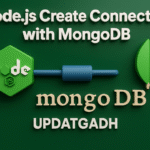
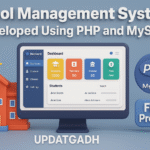


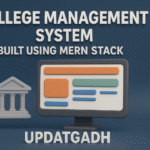

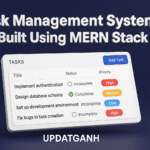
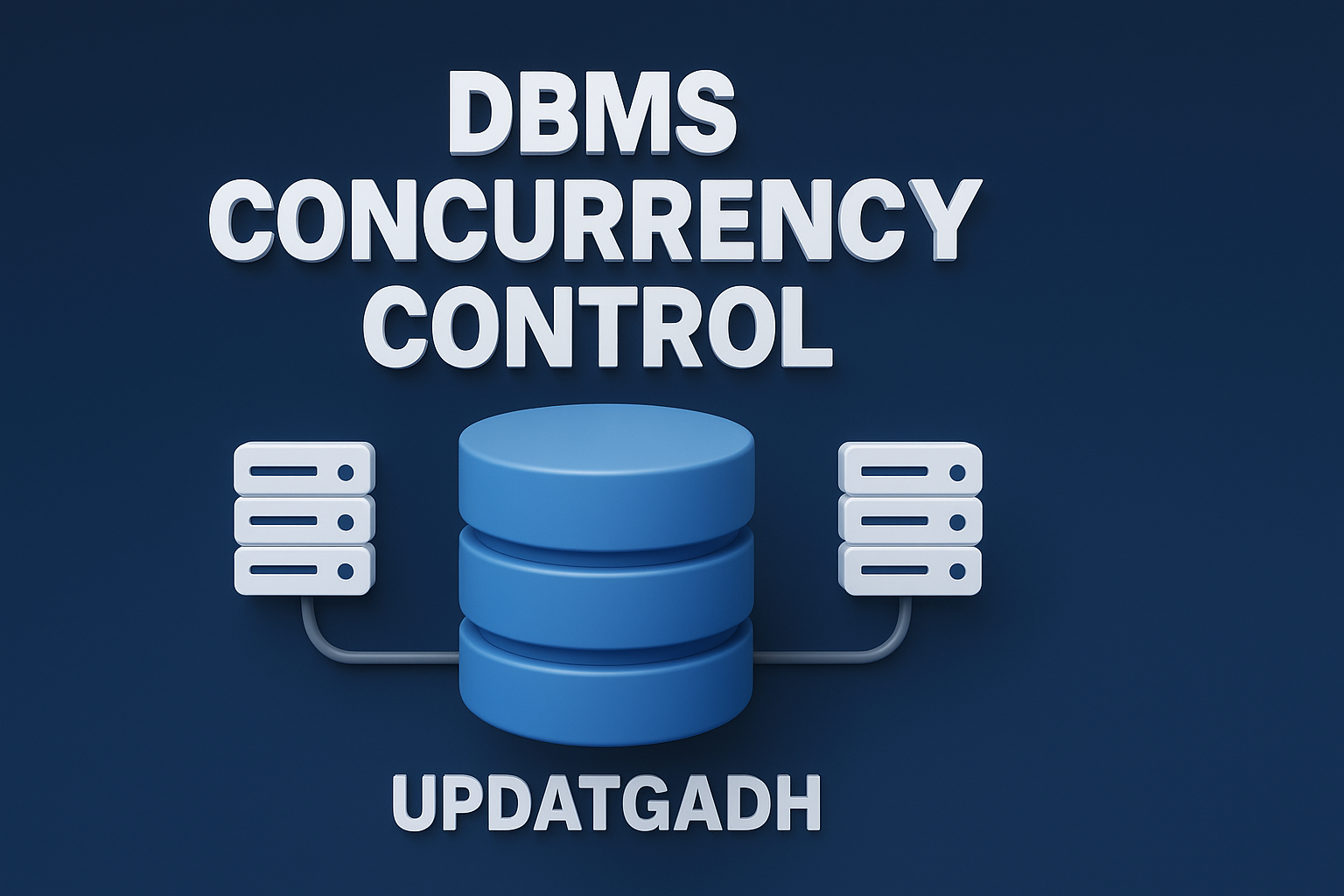

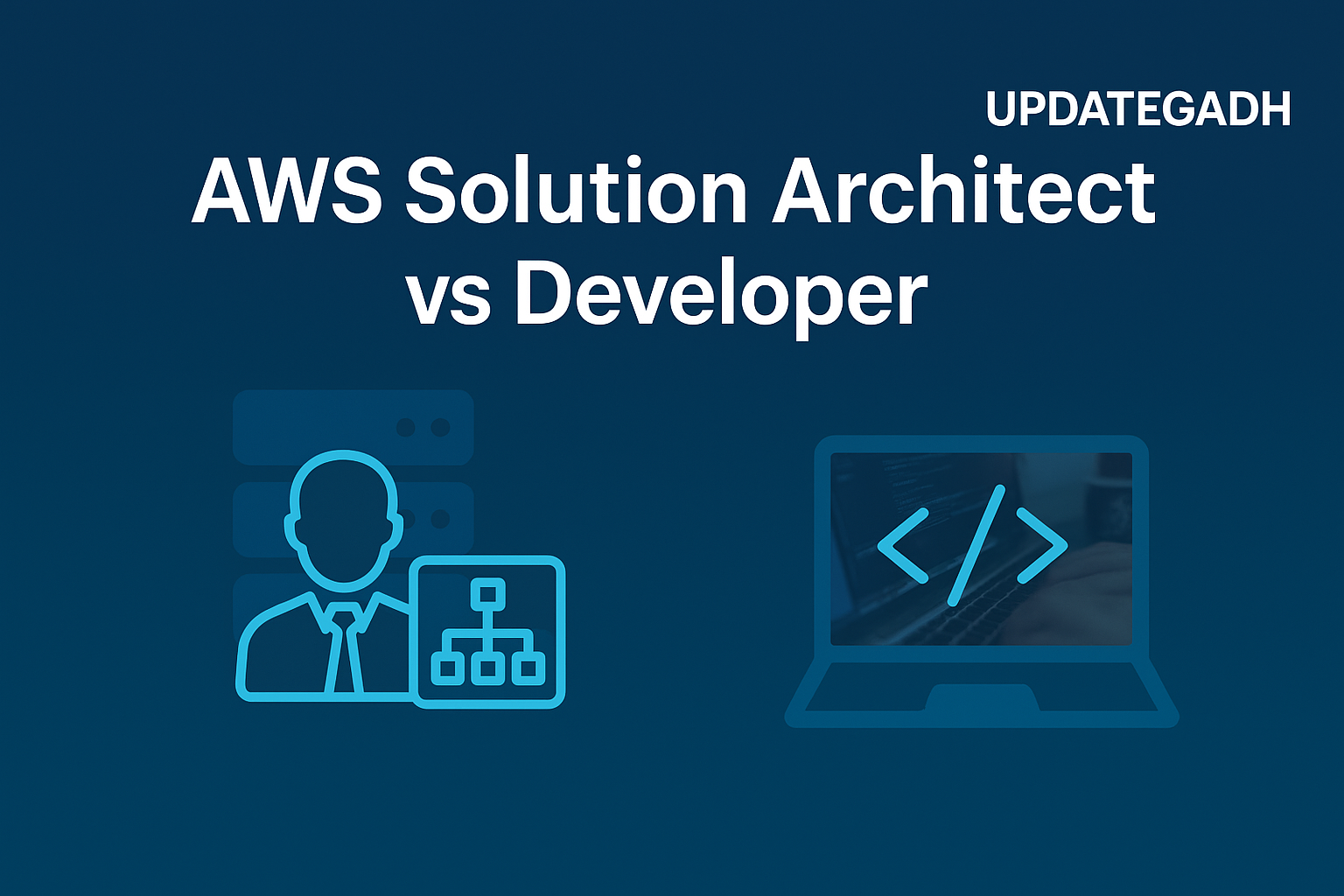
Post Comment